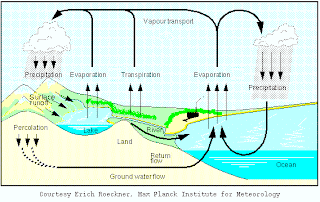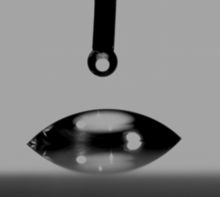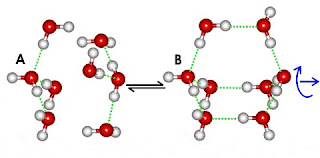Albert Einstein’s definition of Insanity, “Insanity is doing the same thing over and over again, and expecting different results”, applies well to the mindset with which we continue our attempts to solve the worldwide water crisis. This mindset continues to lay the blame on inadequate commitment and resources and crazy priorities while increasing the volume of the message that catastrophe is imminent.
It’s time we tried something different. It’s time we made a paradigm shift in our thinking and started seeing the forest instead of just the trees! My comprehensive definition of the water crisis is: Not having the right quantity and quality of water where we must have it
Rabbit … OR … Duck?
Thomas Kuhn, in his book The Structure of Scientific Revolutions, used this illustration to make the point that if we can see things in a different way (i.e. if we can interpret and receive different messages from the same information set) we may be able to do something different.
Simply speaking, once we see things differently, we usually will act differently. But we need to see things differently to ever think of acting differently.
The Elephant and the Blind Men
The illustration tells the story – The blind men (or men in the dark of night) do not agree with each other on what an elephant is, because they only use the single part they have touched as the basis of their opinion of what the elephant is.
Our interpretation of the water crisis is similar to the story of these blind men. We each have seen only the tiniest part of the water crisis and have worked to solve it (with good diligence and worthy results) while we each, in parallel, turn up the volume of our messages of pessimism, catastrophe and a lack of commitment and resources.
THE FULL & BIG Picture
When we define the water crisis as Not having the right quantity and quality of water where we must have it, and look around for a solution, we quickly find that:
1. Air is a medium that contains freshwater
2. Air is present everywhere
3. Air, as Wind, can move water anywhere
4. Air contains orders of magnitude more freshwater than we will ever need
5. Freshwater on the ground is replenished REGULARLY and ONLY through nature’s process of rainfall and precipitation
6. Nature's Hydrological cycle replenishes freshwater supplies in the air regularly
Isn't it time we worked earnestly to harvest water from the Air and the Wind?
Image sources: http://en.wikipedia.org/wiki/Paradigm_shift; purpleserendipity.wordpress.com









